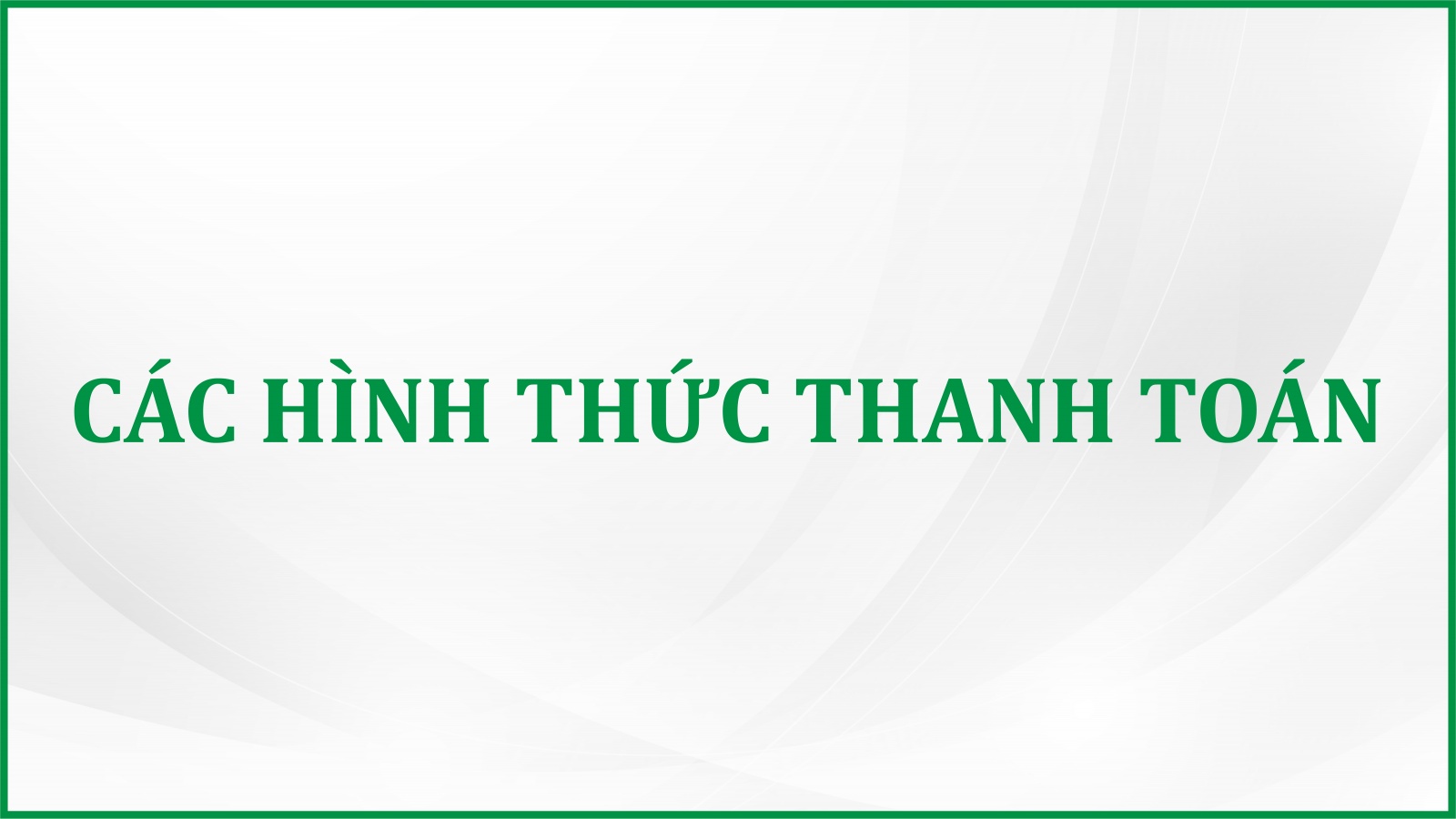Đặc điểm các trường hợp sốt xuất huyết tái shock tại Bệnh viện Nhi Đồng 2 năm 2007 - 2008
Ngày đăng: 02/07/2010


Lượt xem: 8011
Phan Thị Thanh Huyền*, Nguyễn Thị Thanh Minh*.
Mục tiêu: Các yếu tố liên quan tới tái shock sốt xuất huyết (SXH)
Phương pháp: Hồi cứu và tiền cứu, mô tả hàng loạt cas.
Kết quả: Hồi cứu và tiền cứu 280 cas shock SXH-Dengue nhập Bệnh viện Nhi Đồng 2 năm 2007 và 6 tháng đầu năm 2008, nhận thấy những yếu tố sau là những yếu tố liên quan tới tái shock: Mạch không giảm trong 6 giờ đầu, trị số Hct tăng càng gần với Hct lúc vào shock (tăng ≥95% so với trị số ban đầu), gan to thêm, xuất huyết tiêu hóa, lượng nước tiểu giảm trong 6 giờ đầu từ khi shock, Taux de Prothrombin ≤50%. Tuy nhiên, trong nghiên cứu của chúng tôi lại không ghi nhận được liên quan giữa ngày vào shock, hiệu áp lúc vào shock như các tác giả khác.
Kết luận: Vấn đề theo dõi sinh hiệu nhất là mạch, lượng nước tiểu, thăm khám lâm sàng kỹ, diễn tiến lâm sàng; theo dõi chức năng đông máu, đặc biệt là Hct vẫn là yếu tố cơ bản trong theo dõi shock SXH có tái shock. Vấn đề hỏi bệnh sử để xác định ngày vào shock chính xác cũng là rất quan trọng.
SUMMARY
THE FACTORS CORRELATED WITH RELAPSING SHOCK IN DSS AT THE CHILDREN HOSPITAL No2, DURING 2007-2008.
Objective: Identify the factors correlated with the relapsing shock in DSS.
Methods: Retrospective and prospective study, case series report.
Results: Retrospective and prospective of 280 cases DSS in the Children Hospital No2 between Jan, 2007 and 30, June, 2008 showed the following factors were significantly correlated with relapsing shock:
1.The pulse rate did not decrease during the initial six hours of the fluid replacement
2.The Hematocrite (Hct) during the period of fluid replacement increased up to the initial figure of the first shock (the ratio A increased ≥95%)
3. Further enlargement of the liver, GI hemorrhage, low urinary output in the first six hours of shock and severe disorders on coagulation test are risk factors of a relapsing shock.
However, in our study, we did not find any correlation between the day of entering the 1st shock and the day of relapsing shock, or between the narrowed blood pressure and the relapsing shock like in the other studies.
Conclusion: The following are essential in following up DSS patients:
Close monitoring of vital signs and urinary output.
Early detection of clinical symptoms
Periodical assessment of Hct
History taking to determine the accurate day of shock is also important.
(*) : Khoa Cấp cứu - Lưu - Bệnh viện Nhi Đồng 2
Đăng bởi: BS Phan Thị Thanh Huyền
Các tin khác

Điều trị bệnh Tay Chân Miệng biến chứng nặng 13/02/2014






(1).png)

.jpg)

.jpg)


.jpg)

.png)
.png)

.png)
.png)


